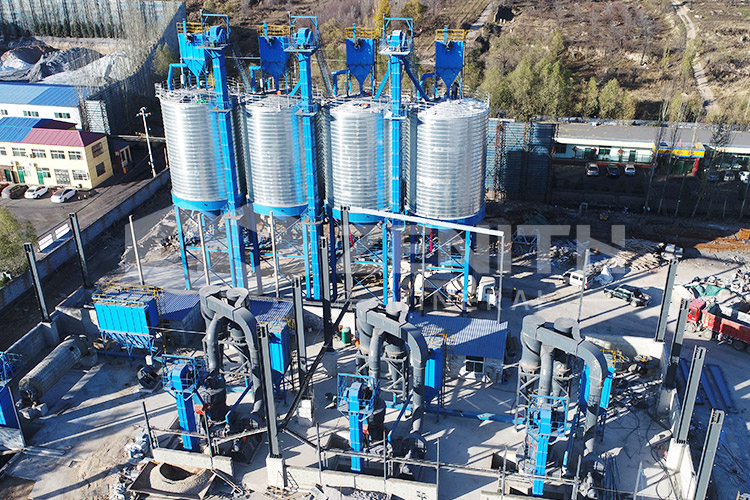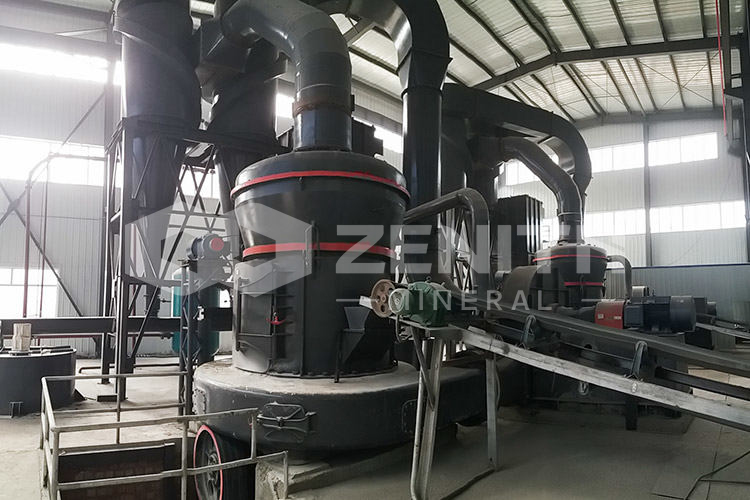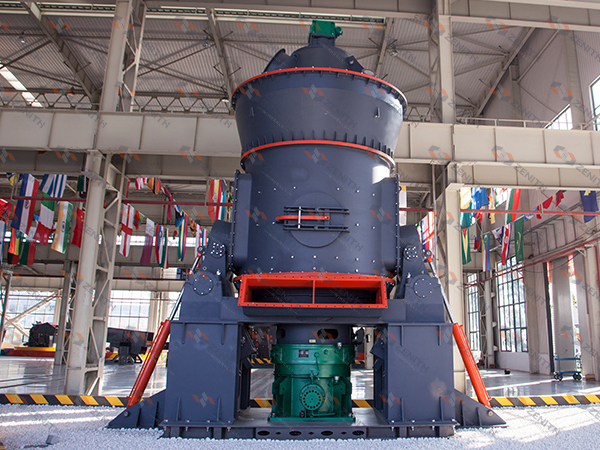How much does a vertical grinding mill with a capacity of 50 tons of cement clinker per hour cost?
2025-11-12 12:56:02
This is one of the most common and crucial questions we encounter from plant managers and project engineers planning new cement production lines or capacity expansions. As a hi-tech engineering group specializing in industrial powder grinding equipment, Shanghai Zenith Machinery understands that a simple price tag is insufficient. The cost of a 50 tph vertical grinding mill for cement clinker is a multi-faceted equation, influenced by model selection, configuration, and long-term operational economics. While a precise quotation requires a detailed project review, we can provide a comprehensive breakdown of the factors that determine the investment and highlight why our LM and LM-Y series vertical mills represent a superior value proposition.
The initial capital expenditure (CAPEX) for a vertical grinding mill is just the starting point. A holistic cost assessment must integrate the mill's energy consumption, wear part longevity, maintenance requirements, and footprint. For a 50-ton-per-hour cement clinker application, our primary recommendations would be the LM Vertical Grinding Mill and the specifically designed LM-Y Vertical Pre-grinding Roller Mill. The LM series, with a capacity range of 3-340 T/H, is renowned for its 24-hour constant running capability and high degree of automation, making it a staple in large cement and GGBS plants.
_1762923362432.jpg)
When comparing technologies, the operational expenditure (OPEX) is where vertical mills truly distinguish themselves. A traditional ball mill, while having a potentially lower initial price, becomes significantly more expensive over its lifecycle. Our LM and MTW series mills demonstrate an energy consumption of more than 60% lower than a ball mill of the same grade. For a mill running 50 tons per hour, this translates into massive annual savings on electricity, a primary cost driver in grinding operations.
Beyond energy, the LM Vertical Grinding Mill offers a compact integrated design, reducing its footprint by about 50% compared to a ball mill system. This Less Comprehensive Investment means lower costs for the building and foundation. Furthermore, its sealed, negative-pressure operation ensures no dust spillage and low noise, mitigating environmental compliance costs. The automated control system allows for remote operation, reducing labor costs and enhancing safety.
_1762923362435.jpg)
For clients seeking a solution hyper-specialized for cement clinker, the LM-Y Vertical Pre-grinding Roller Mill is an advanced alternative. With a capacity of 6-330 T/H, it integrates grinding and sand-making principles. Its core components are crafted from hard-wearing materials to withstand the abrasive nature of clinker, ensuring Low Operating Cost and extended service life. A key feature is the hydraulic adjustment system and the ability to flip the grinding roller outside the machine, which drastically reduces downtime for maintenance and liner replacement.
The final cost is also shaped by auxiliary equipment and customization. Factors like the required output fineness (typically around 325-400 mesh for cement), moisture content of the feed material, and the specific product purity requirements will influence the system's configuration, including feeders, classifiers, and dust collectors. All Zenith equipment, including our vertical mills, hold ISO, CE, and CU-TR certifications, guaranteeing international quality and safety standards, which is a critical component of long-term, trouble-free ownership cost.
_1762923362437.jpg)
In conclusion, while the direct purchase price for a 50 tph vertical mill is a significant investment, the total cost of ownership is optimized by lower energy consumption, reduced maintenance, smaller infrastructure needs, and automated operation. We advise clients to focus on the return on investment (ROI) rather than the initial price alone. To receive a detailed and formal quotation tailored to your specific project requirements, please contact our technical sales team with your raw material analysis and plant layout details.
Frequently Asked Questions
- What is the typical lead time for a 50 tph LM Vertical Mill?
Lead times vary based on model and customization, but typically range from 4 to 6 months from order confirmation, including manufacturing and pre-shipment testing. - Does the quoted price include installation and commissioning?
The equipment price typically excludes installation and commissioning. However, we offer comprehensive technical support, detailed installation manuals, and can provide expert supervision services upon request. - How does the wear rate of grinding rollers and table liners affect long-term cost?
Wear part consumption is a major OPEX factor. Our LM and LM-Y mills use high-quality, abrasion-resistant materials and designs that allow for easy replacement, minimizing downtime and keeping long-term wear costs manageable. - Can the mill handle variations in clinker quality and hardness?
Yes. The LM Vertical Mill's robust design and adjustable grinding pressure allow it to adapt to reasonable variations in feed material hardness and composition while maintaining stable product quality. - What kind of after-sales support and spare parts availability can we expect?
With overseas offices in over 30 countries and a marketing network covering 180+ regions, we provide prompt after-sales support and maintain a global supply chain for critical spare parts to ensure your operational continuity. - Is the mill system truly environmentally friendly?
Absolutely. Our vertical mills operate under negative pressure with a pulse dust collector, effectively containing dust. They also feature low noise and vibration, fully complying with international environmental standards.








